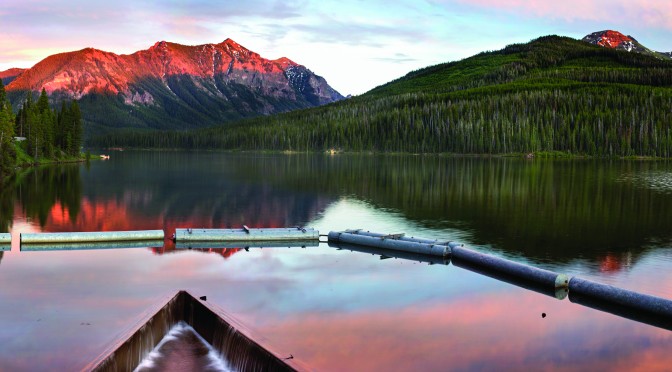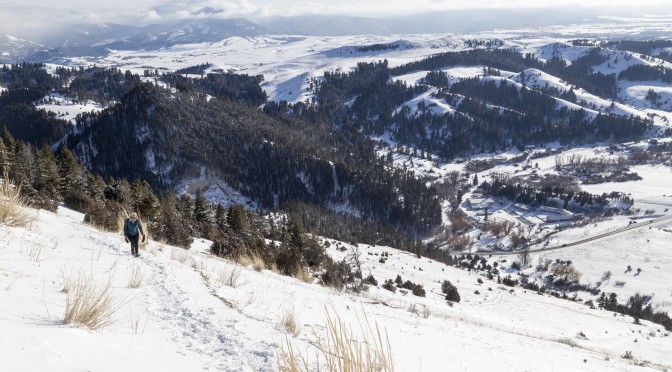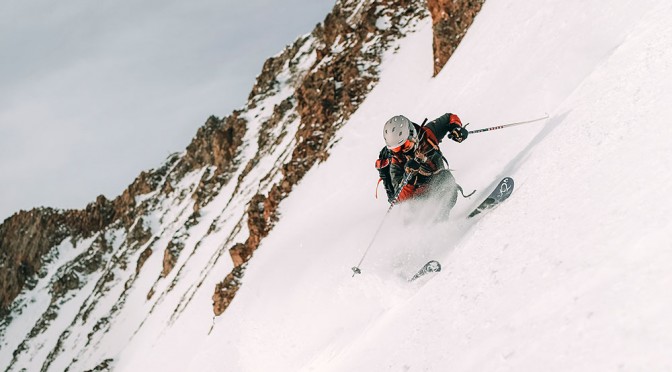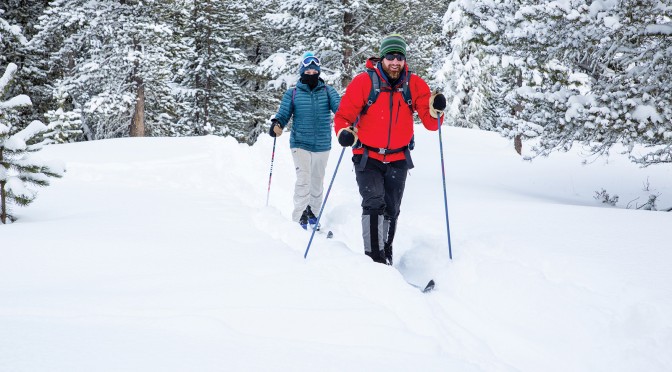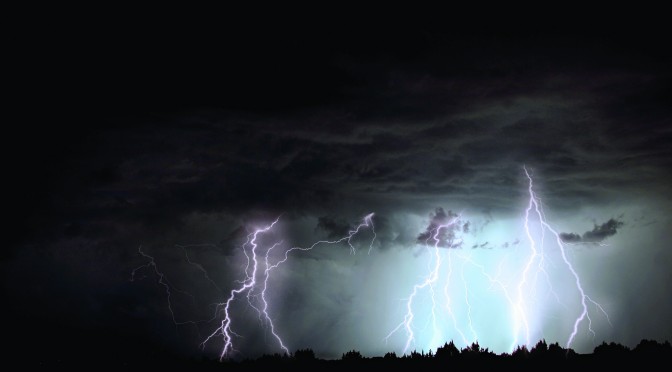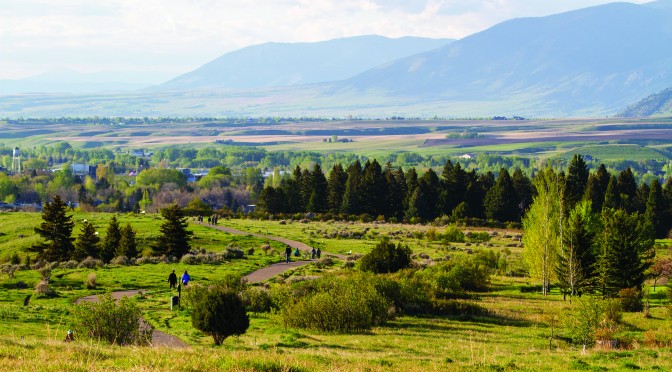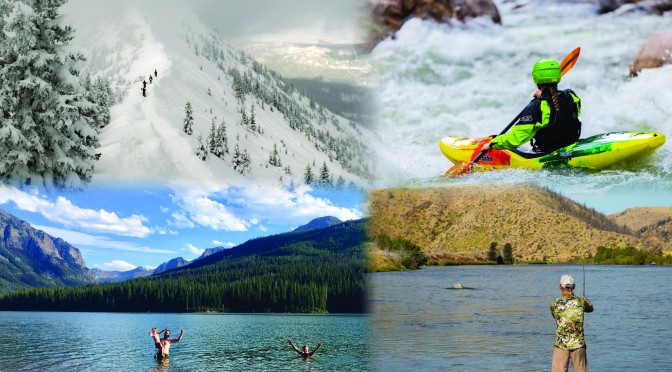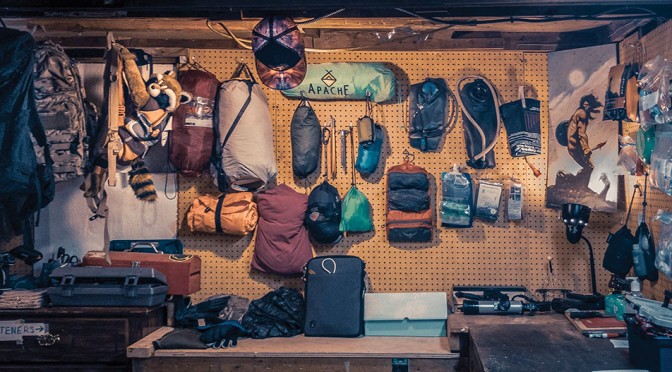As Bozemanites, we have our pick of the litter when it comes to public-land access. If we feel like fishing, there are five rivers within an hour of Main Street. Hiking? We can see five ranges from our downtown office. Biking? Hundreds of miles of trail jet off from town into vast expanses of forest. But our crown jewel is Hyalite. The access is unparalleled, the sights unrivaled, and the recreation endless. And in order to keep it that way, it takes a little bit of chipping in. From everybody. Here’s how.
Pack It In, Pack It Out
There are no garbage services in Hyalite, meaning you should come out with just as much as you went in with, if not more. By all means, take advantage of the fire rings, campsites, and trailheads. But realize that this isn’t your bedroom, and Forest Service employees aren’t your servants. Pick up your trash.
Respect Other Users
Hyalite supports hikers, bikers, climbers, anglers, and campers. Whatever your passion, leave the judgment at home and realize that everyone enjoys nature differently. Bikers, slow down on busy trails and yield accordingly. Fly anglers, get off your high horse and acknowledge that some folks just want to spin-fish from a slow-moving boat with a motor.
Respect Wildlife
Even with all the human pressure, wildlife still abounds. Elk, deer, bear, coyote, and moose are all common, along a plethora of bird species—and most of the animals are pretty comfortable around people. Give them space, keep campgrounds clean, and obey speed limits.
Adhere to Regulations
Due to the high pressure, Hyalite has specific regulations to mitigate problems. The latest is a restriction on target shooting. The short of it: it ain’t legal. There are also timeshare regulations for specific trails, and some are closed to bikes and motorcycles certain days of the week. Another one to note is that Hyalite Canyon Road closes for a month in the spring. For all the beta (that means information), visit hyalite.org.
Become a Steward
Friends of Hyalite (FOH) is an all-volunteer nonprofit that raises awareness about the area’s current issues. They also pay for winter plowing of the road, which means the fun doesn’t stop once the snow flies. Donate some money, or if you’re broke, consider giving some time. FOH hosts cleanup days, and several local nonprofits organize trail-maintenance outings.

